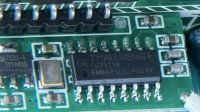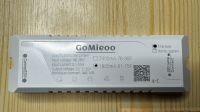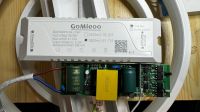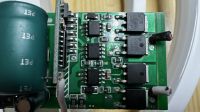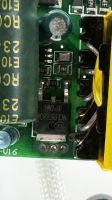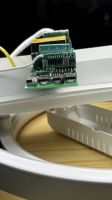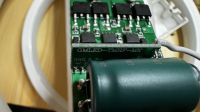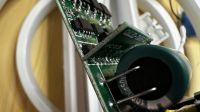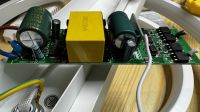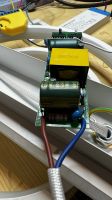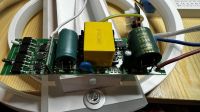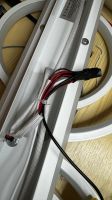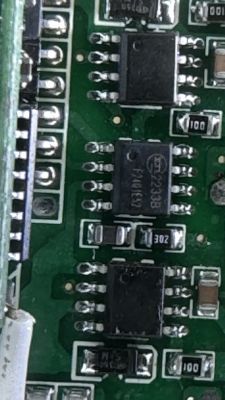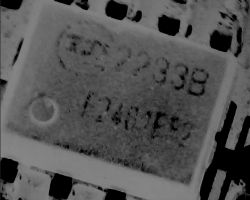Hi @ all,
so I bought this LED "smart" ceiling light.
It works with what seems to be a proprietary 2.4 GHz remote and a Chinese App called "LampSmart Pro".
I stumbled across this HomeAssistant post and was hoping that I could use that. Unfortunately the lamp does not pair.
I opened up the LED driver and found what seems to be the "communication board" (where the antenna wire is connected to) which uses a TMALLGENIE TG7111B (EMM4912324DDWF) chip.
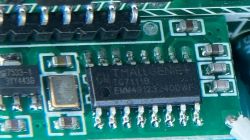
Now I would like to integrate the lamp into my Home Automation. As the ESP32 integration linked above does not work I'm trying to figure out alternative routes.
I asked on the Home Assistant Forum where I was encouraged to post my question here.
Possible routes to take that come to my mind:
- reverse engineer (replay?) the commands sent by the proprietary 2.4 GHz remote
- replace the communication daughter board with e.g. ESP32
- replace the LED driver with a Shelly. This way my latest attempt, using a Shelly RGBW2. I can successfully turn on the LED lights, but only in "cold white", i.e. I cannot change the color temperature. Oddly enough, the LED driver that the lamp was shipped with only has two output wires (white and black). I wonder how they manage to change the color temperature?
Anyway, any insights on how to process are very welcome as this is my first endeavor of this kind :)
have a nice weekend!
so I bought this LED "smart" ceiling light.
It works with what seems to be a proprietary 2.4 GHz remote and a Chinese App called "LampSmart Pro".
I stumbled across this HomeAssistant post and was hoping that I could use that. Unfortunately the lamp does not pair.
I opened up the LED driver and found what seems to be the "communication board" (where the antenna wire is connected to) which uses a TMALLGENIE TG7111B (EMM4912324DDWF) chip.

Now I would like to integrate the lamp into my Home Automation. As the ESP32 integration linked above does not work I'm trying to figure out alternative routes.
I asked on the Home Assistant Forum where I was encouraged to post my question here.
Possible routes to take that come to my mind:
- reverse engineer (replay?) the commands sent by the proprietary 2.4 GHz remote
- replace the communication daughter board with e.g. ESP32
- replace the LED driver with a Shelly. This way my latest attempt, using a Shelly RGBW2. I can successfully turn on the LED lights, but only in "cold white", i.e. I cannot change the color temperature. Oddly enough, the LED driver that the lamp was shipped with only has two output wires (white and black). I wonder how they manage to change the color temperature?
Anyway, any insights on how to process are very welcome as this is my first endeavor of this kind :)
have a nice weekend!








